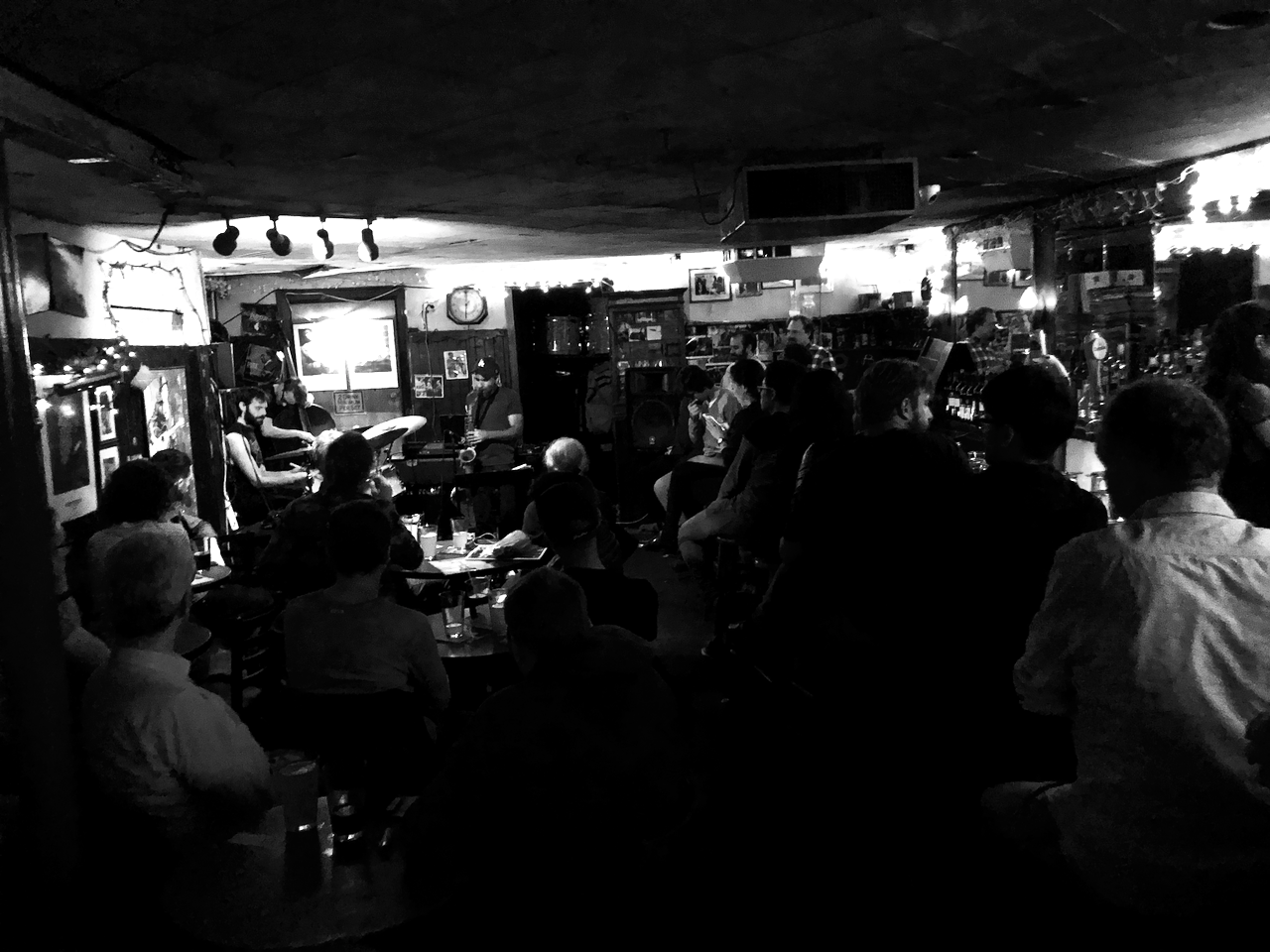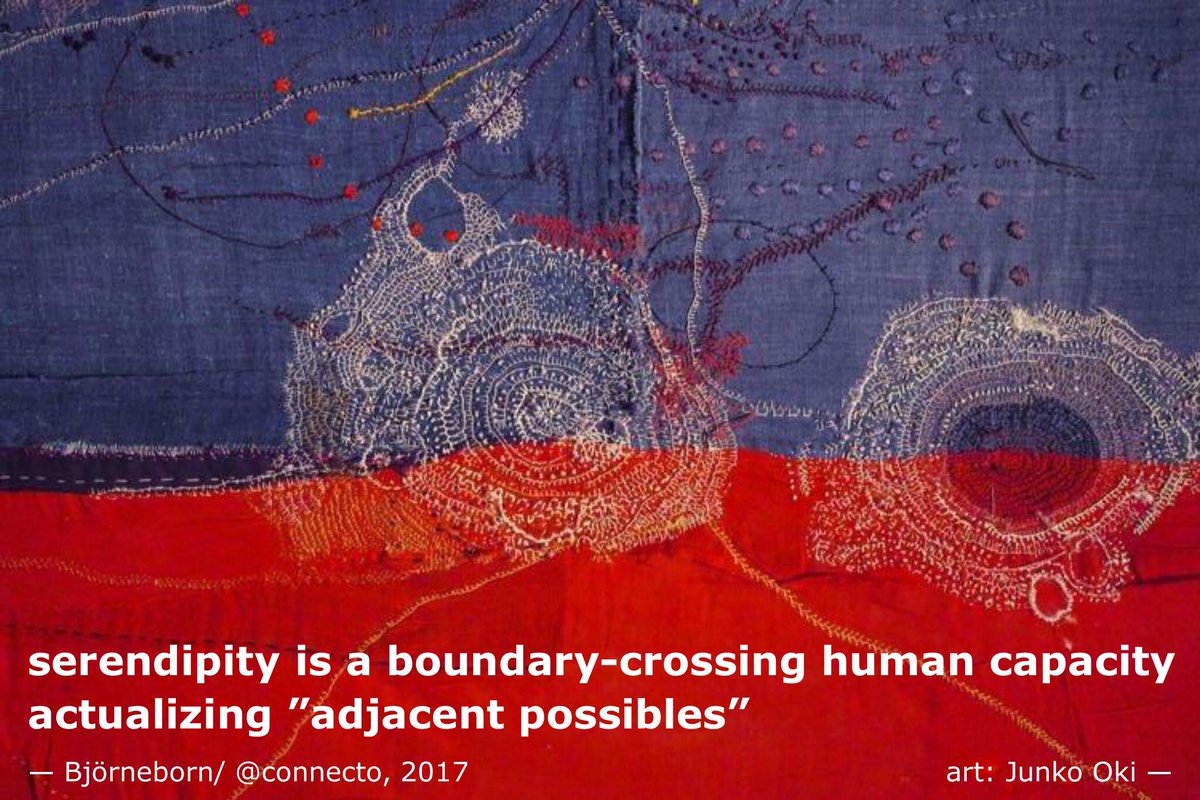Act One - The Sense of An Ending
I decided to move to New York City in November 2017 after spending the better part of 6 years commuting from Scranton, Pennsylvania to study tabla with Dan Weiss. I would sometimes drive from Scranton to Brooklyn several times a week to get to gigs. On the way home I would sleep in my car somewhere until I had enough energy to get home. I would go to work the following day. I saw no other option.
In the words of Giovanni Giorgio on the Daft Punk track, “I definitely wanted to become a musician. It was almost impossible because the dream was so big… I would partially sleep in the car because I didn’t want to drive home and that helped me for about almost 2 years to survive.”
 David Binney @ 55 Bar on a Tuesday, NYC. One of hundreds of photos.
David Binney @ 55 Bar on a Tuesday, NYC. One of hundreds of photos.
In many senses of the word, I was prepared for the move. I certainly had the desire and drive to be in NYC after these years of commuting. Gratefully, I had close musical friends supporting me into new living and work arrangements.
But I arrived feeling the itch of hypomania in my achilles heel.
Bottom line: Twice over the last two years, I was seduced by what could have devolved into complete madness. Both times, I was intensely interested in knowing my psychological baseline after many years of medication. You’re reading what I came to find.
Regardless of any rationalizing, this all falls within predictable relapse timetables for those with the diagnosis of bipolar type 2.
My first inquiry was in summer of 2017, and I wanted to know how this medicine was impacting my body. My doctor had some routine bloodwork pulled. I resumed my previous course of treatment. Because I had mistakenly fasted from water, my cholesterol was read as high. Otherwise, things appeared fine.
The second bout, in New York during the summer of 2018, I was after something more.
Although I had otherwise managed symptoms well for years with medication and meditation, my concern was less about what the city would do to me than what I would do to myself given the wrong conditions: Sometimes self-harm comes, slowly, in the form of casual abandonment, of disassociating from consequences large or small, of forgetting that most others have no concept of the tight-rope heights that I can walk on at will.
As I settled into my new living space, I knew already that the city’s population growth had greatly outpaced the quality of its infrastructure. My sensitive tentacles of awareness were already on high-alert. Hearing stories about single-points-of-failure in the staging chambers of NYC’s water supply and seeing its subways continually offline, I was paying attention to risk at infrastructure scale.
Soon after arriving, I became aware of Daniel Schmachtenbeger’s episodes on the Future Thinkers podcast via Twitter. Like many others, I remain enamored by his capacity to synthesize a universe of fresh ideas. I took an entire day – a full 12 hours or so – to explore what their group had published online. Most of this was on the timely subject of existential risk.
Like many others online and off, Daniel’s articulation of existential risk profoundly extended thoughts I had been having for years. Having spent a few years reading on late/post-capitalist economics, AI safety, and introductions to systems dynamics, I was strangely-attracted to his articulations.
Separately but in parallel, I had started researching micronutrient approaches to ADHD symptoms. Reading on this topic for a few months, I began supplementing magnesium threonate.
Having learned next to nothing about my body from the labs that were drawn in 2017, I decided that I was still curious what else could be known about my body and what other treatment options may have come around over the last 10 years.
Somewhere around May 2018, I found Schmachtenberger’s Collective Insights podcast episode with Dr Bill Walsh. Roughly halfway through, Dr Heather Sandison and Dr Walsh begin discussing his recent research into bipolarity’s electrochemical nature. I will leave discussion of that subject to those more qualified, but this was essentially all I could think about for months.
I began exploring where the Walsh labs could be drawn and read. Surprisingly I found nothing in New York City.
For a moment, hearing articulate conversations regarding the pharma industry’s perverse economic structure, I came to distrust that these medicines were in my own best interest. Nothing within these conversations described applied treatments for manic symptoms, however accurate the descriptions of incentive structures were. I consider my actions related to this feeling of distrust my fatal mistake along the way, however understandable: Regardless of all else, I simply live a steadier and more socially-acceptable life by taking pharma’s creations.
I was considering ways to improve how I was spending my time, and I continued listening to this conversation. Hearing Dr Walsh summarize this research, I could feel that I was about to make a radical move.
I felt the rare but familiar gravitational tug of purpose which has served my life well when I pursued it slowly. It was here that I made the decision that I would not only leave New York, but that I would put the Walsh Protocol at what I thought to be the center of my next endeavor.
I had also determined where I would have these labs read. I would somehow engage Dr Sandison’s practice, considering how few Walsh providers were in NYC at the time.
Quickly thereafter, I chose to taper from my prescribed meds (read: wrote my own treatment plan) to again get a feel for my own psychological baseline for a short period of time until I was able to have labs read that I felt could offer more precision. I mentioned this to a handful of people, none of whom were as excited as I was about it.
I am not proud of this decision, would recommend it to precisely no one affected by this disorder, and am engaging the feelings of guilt which commonly follow a bout of mania. A man, an artist, a failure: Must Proceed (“so the necessity of proceeding applies to those who fail [or who make art] just as much as to those who succeed…”)
I pinned a ton of hope on an uncertain answer to a malformed question.
 My view from the Kosciuszko Bridge before my departure.
My view from the Kosciuszko Bridge before my departure.
In hindsight, I can recognize that this tug was, separately, amplified by symptoms of hypomania. My increased tendency to recognize meaning and pattern is usually seen as genius by others, and for a time maybe it is. But, in my experience, self-spotting this illness by monitoring behavioral symptoms remains impossible without third-party clinical observation. And I had just fired my prescribing clinician to write my own treatment plan.
Here is where I began my generous efforts to stack the meaning of micronutrient approaches to mental health with the possibility of working with Schmachtenberger’s Neurohacker Collective. Naturally: I was already months into researching the micronutrient approach to ADHD, Walsh recently presented to APA on electrochemical natures of bipolarity, Neurohacker was interviewing Walsh, and a friend was in San Diego working with Daniel’s group. And the half-life of my prescriptions were already in my rear-view mirror.
I had certainly found a path forward which appeared to consolidate many deep interests into one tight package.
Let me offer a simple back-of-envelope calculation to clarify two forms of the above story.
During a steady state of mind, and maybe even without the stresses of a move to New York, the four items above come together like this,
(ADHD micronutrient treatment) + (Walsh's bipolar research) + (Neurohacker interviewed Walsh) + (friend near Neurohacker)
In my hastened state of consciousness, it became,
(ADHD micronutrient treatment) * (Walsh's bipolar research) * (Neurohacker interviewed Walsh) * (friend near Neurohacker)
This is the act of stacking meaning. While each of these individually contains great possibility, they exist separately from one another. In this state, my usual capacity for pattern recognition elevates far higher than I can rationally track. It becomes increasingly difficult to explain the interrelationship between events in my life. My fidelity for interrelationship itself appears to increase.
Here is the inherent risk of shedding the capacity for discernment between subjective and objective reality, which is madness in a nutshell: Without the desire for self-preservation, actualizing serendipity is a waste of energy.

Meditating 2-3 hours daily just to maintain my emotional balance, I realized the conditions of my current tenure in NYC may not meet the requirements for my lengthy dream. Something had to give and I was driving increasingly harder for alternative treatments I wasn’t really sure existed.
Near my 31st birthday in June and an hour into a meditation, I burst into tears as I turned my attention to the drumming buddha that my teacher offered me years earlier to help focus during tabla practice. I knew I had lost my footing after roughly 10 years averaging towards emotional steadiness, nearing the edge of relapse into an episode. And I intuitively knew that New York was not a safe place to live at the moment.
The meanings had been stacked too high.